The difference between DC motor and stepper motor
The stepper motor is actually a special brushless DC motor that requires DC drive and driver commutation. However, because the motion characteristics are very different from those of the brushless DC motor, the stepper motor is divided into a separate product category. DC motors are divided into DC brushed motors and DC brushless motors. Generally speaking, the DC motor generally refers to a DC brushed motor. The DC brush motor will rotate as long as the appropriate voltage is applied, and the number of turns is difficult to control accurately; while the stepper motor works according to the beat and can rotate at a very small angle. The control methods are also different. Let’s give Let me introduce it in detail.
1. Stepper motor
1. Stepper motors can achieve precise control of motor speed and position. Generally, the accuracy of stepper motors is within 5% of the step angle, and there is no cumulative error.
2. The stepper motor must be driven to operate. The drive signal must be a pulse signal. When there is no pulse, the stepper motor is stationary. If an appropriate pulse signal is added, it will rotate at a certain angle (called the step angle). . The speed of rotation is proportional to the frequency of pulses.
3. Changing the sequence of pulses can easily change the direction of rotation. Therefore, printers, plotters, robots and other equipment all use stepper motors as their power core.
4. The maximum temperature allowed on the surface of the stepper motor. If the temperature of the stepper motor is too high, it will first demagnetize the magnetic material of the motor, resulting in a decrease in torque and even loss of step. Therefore, the maximum temperature allowed on the surface of the motor should depend on the demagnetization point of the magnetic material of different motors; generally speaking, the demagnetization of magnetic materials The points are all above 130 degrees Celsius, and some are even as high as above 200 degrees Celsius, so the surface temperature of the stepper motor is completely normal at 80-90 degrees Celsius.
5. The torque of the stepper motor will decrease as the speed increases. When the stepper motor rotates, the inductance of each phase winding of the motor will form a reverse electromotive force; the higher the frequency, the greater the reverse electromotive force. Under its action, the phase current of the motor decreases as the frequency (or speed) increases, resulting in a decrease in torque.
6. The stepper motor can run normally at low speed, but if it is higher than a certain speed, it will not start and will make a whistling sound. The stepper motor has a technical parameter: no-load starting frequency, which is the pulse frequency at which the stepper motor can start normally under no-load conditions. If the pulse frequency is higher than this value, the motor cannot start normally and may lose steps or stall. Under load, the starting frequency should be lower. If you want the motor to rotate at high speed, the pulse frequency should have an acceleration process, that is, the starting frequency is low, and then rises to the desired high frequency at a certain acceleration (the motor speed increases from low speed to high speed). With its remarkable characteristics, stepper motors play an important role in the era of digital manufacturing. With the development of different digital technologies and the improvement of stepper motor technology, stepper motors will be used in more fields.
2. DC motor
A DC motor refers to a rotating electrical machine that can convert DC electrical energy into mechanical energy (DC motor) or mechanical energy into DC electrical energy (DC generator). It is a motor that can realize mutual conversion of DC electrical energy and mechanical energy. When it is running as a motor, it is a DC motor, which converts electrical energy into mechanical energy; when it is running as a generator, it is a DC generator, which converts mechanical energy into electrical energy. Including DC generators and DC motors. DC motors are divided into brushed DC motors and brushless DC motors. Brushless DC motors require a driver to achieve electronic commutation and are high in cost but have a long life and low noise. Brushed DC motors are low in cost and easy to use, but have a short life and high noise.











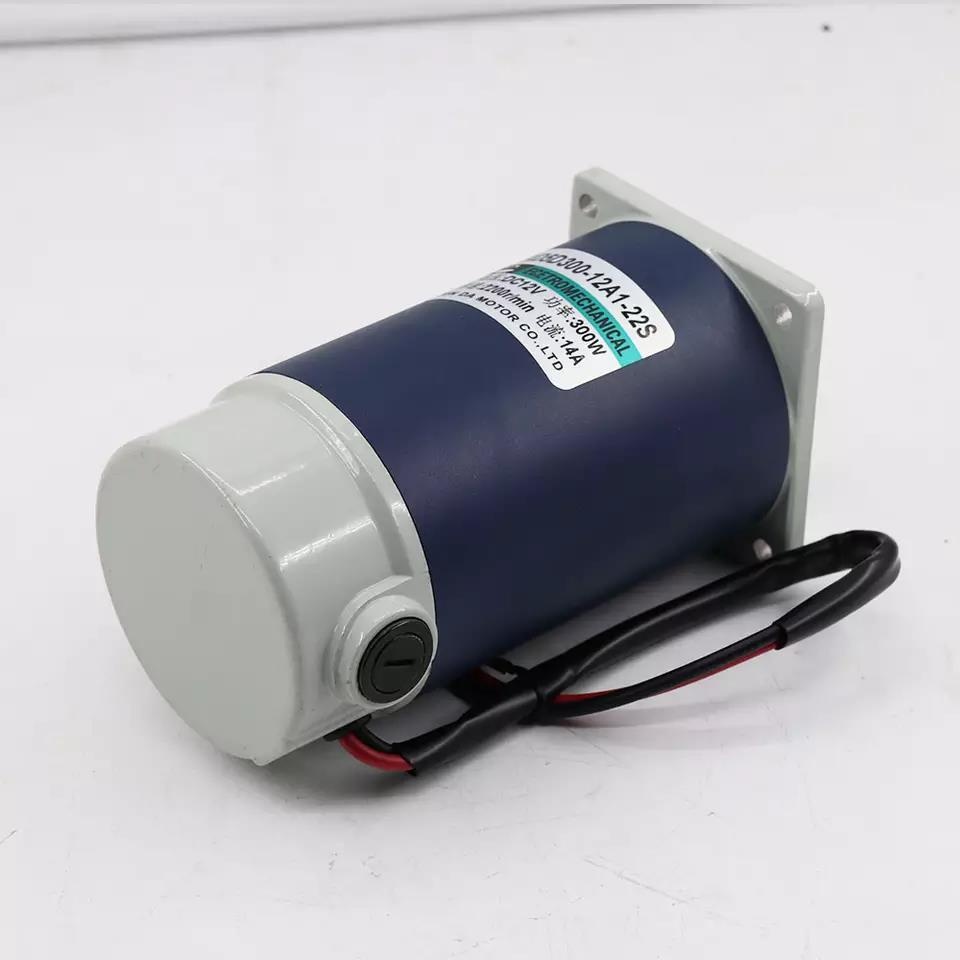


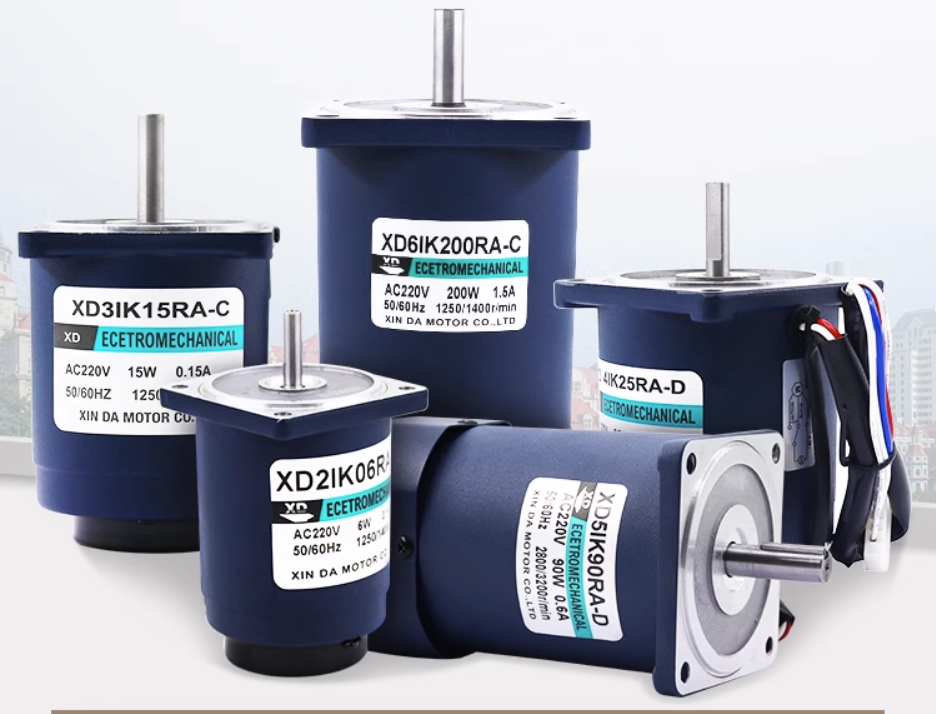


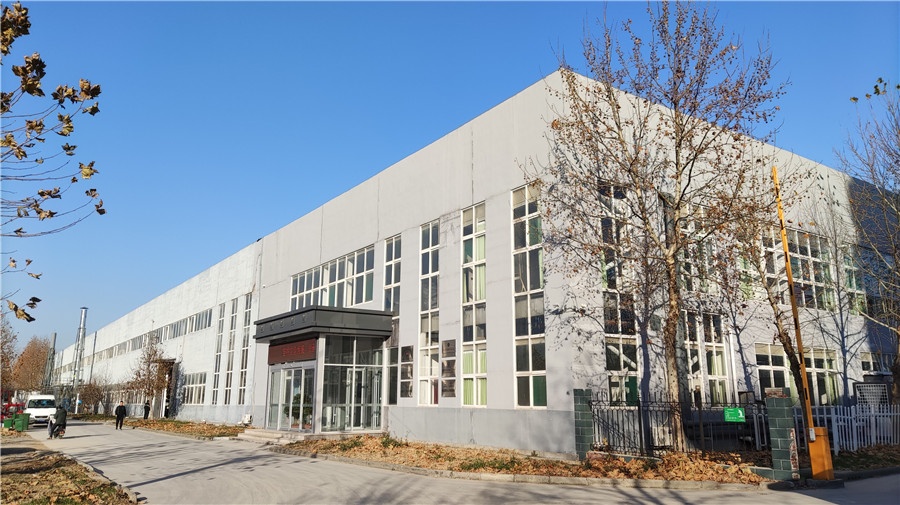
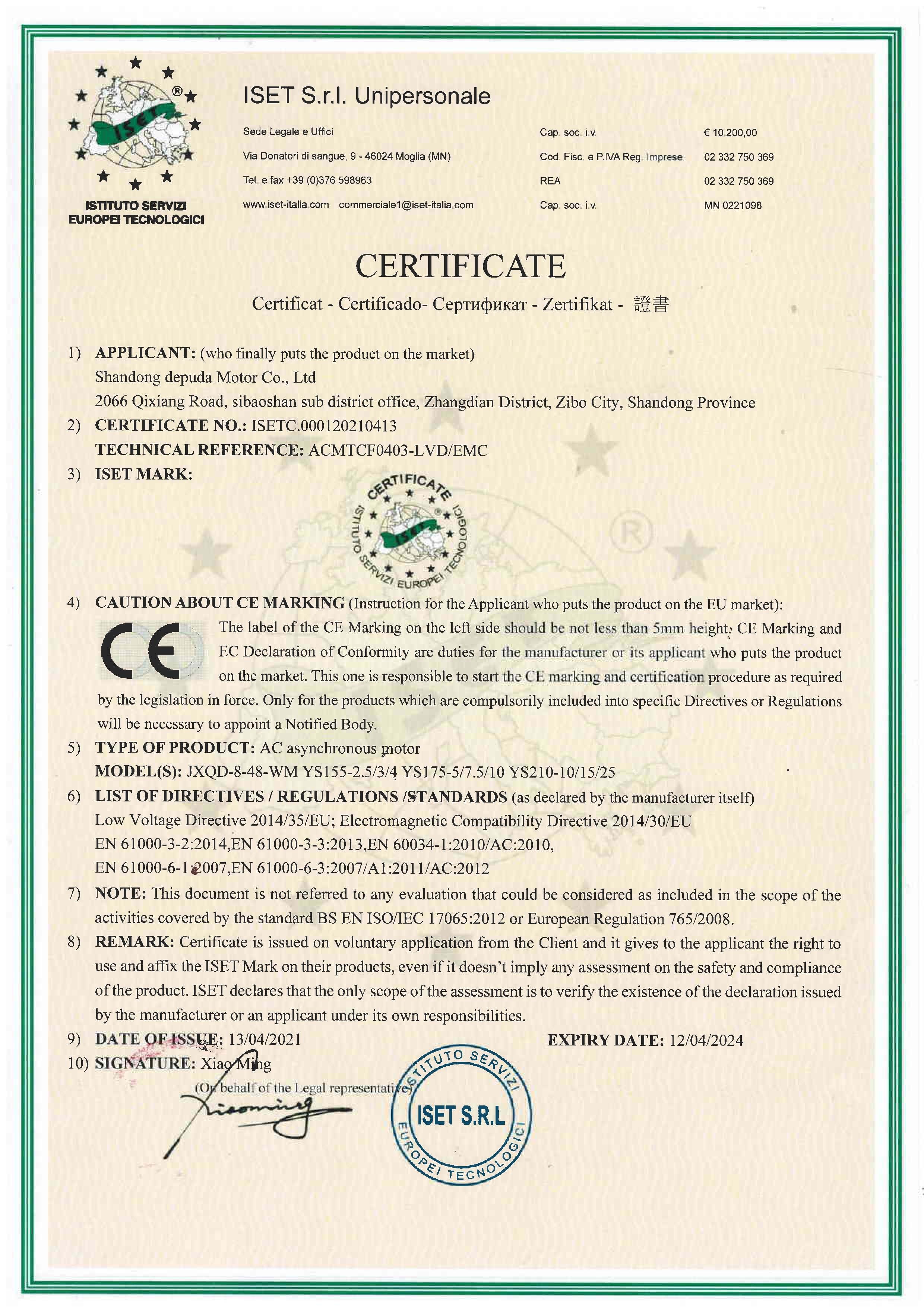
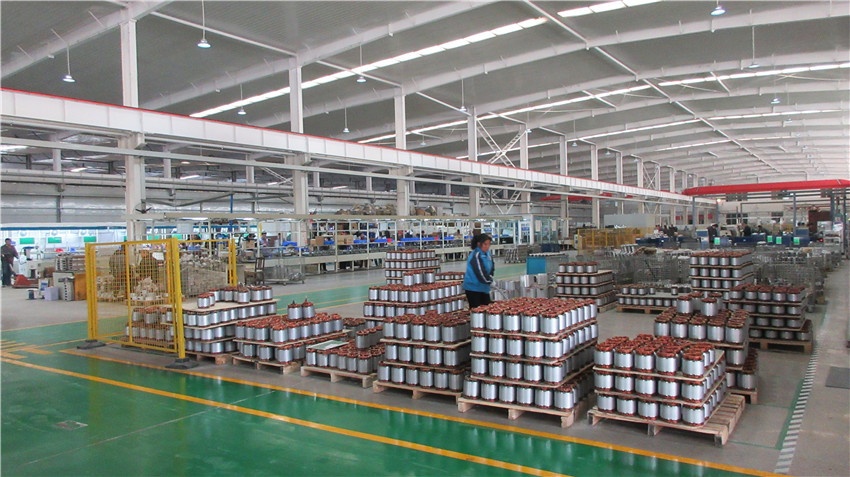
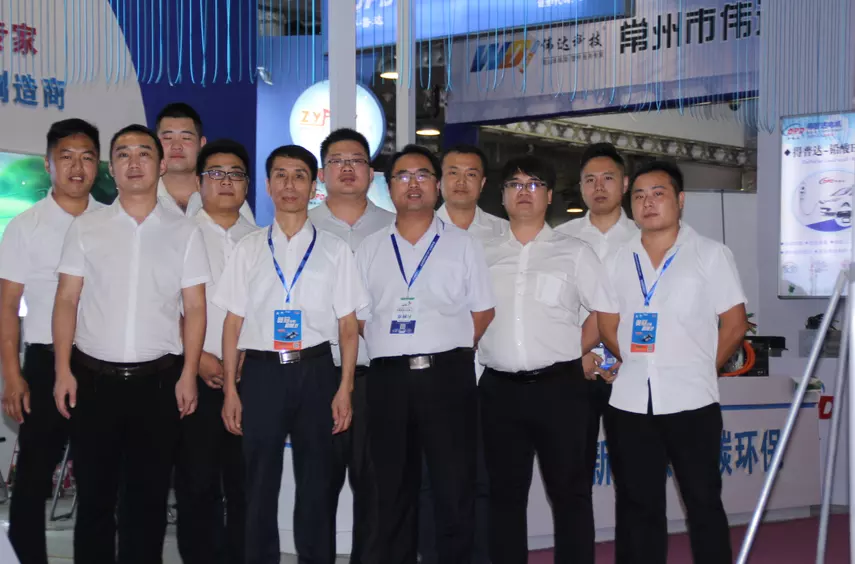


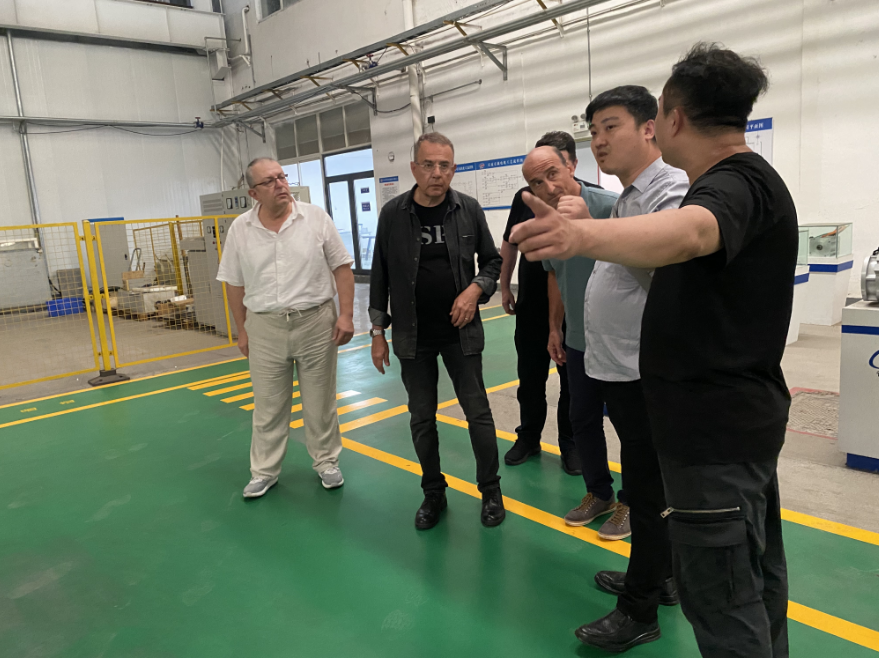
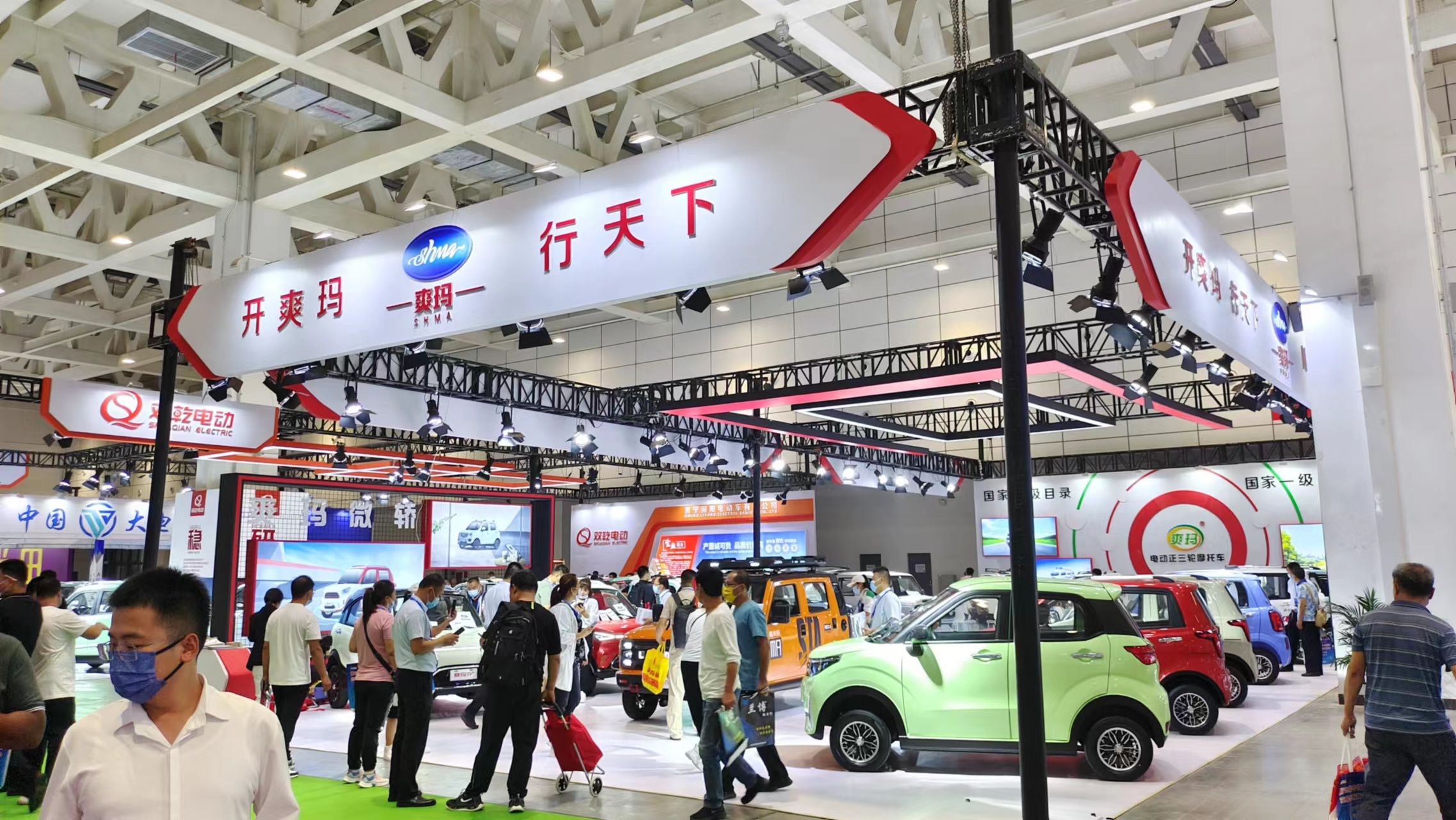


 XINDA
XINDA